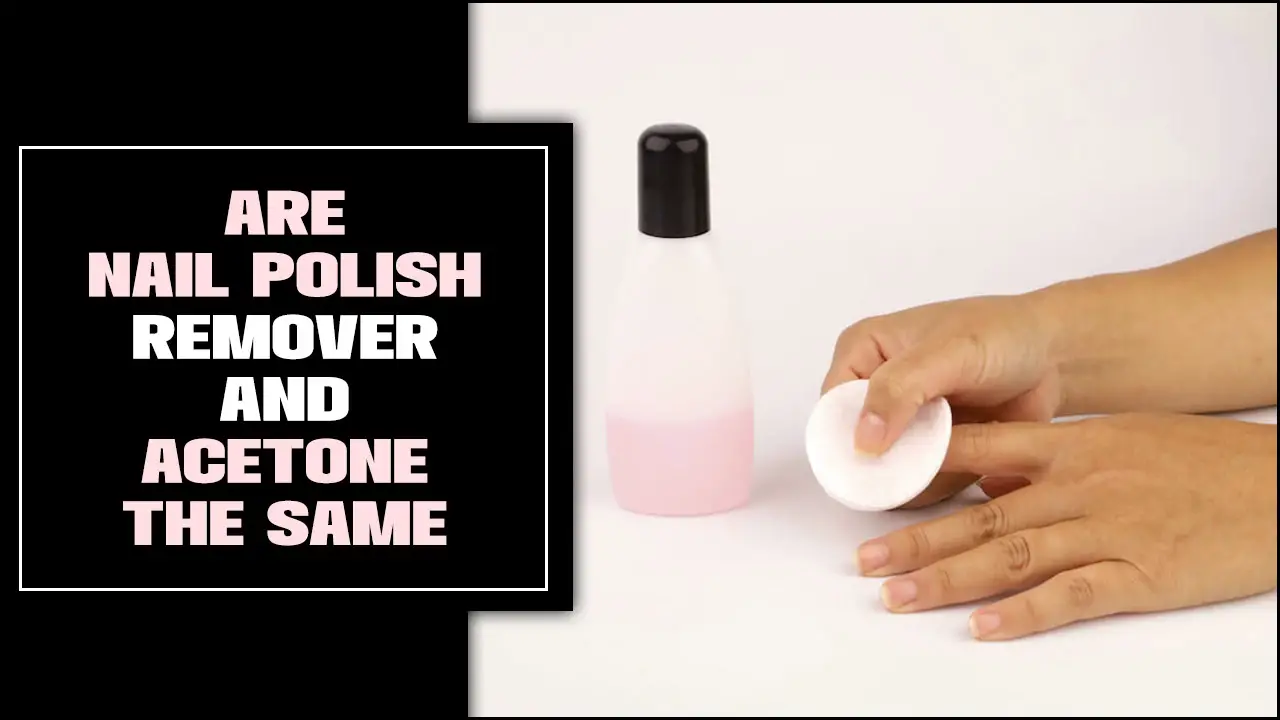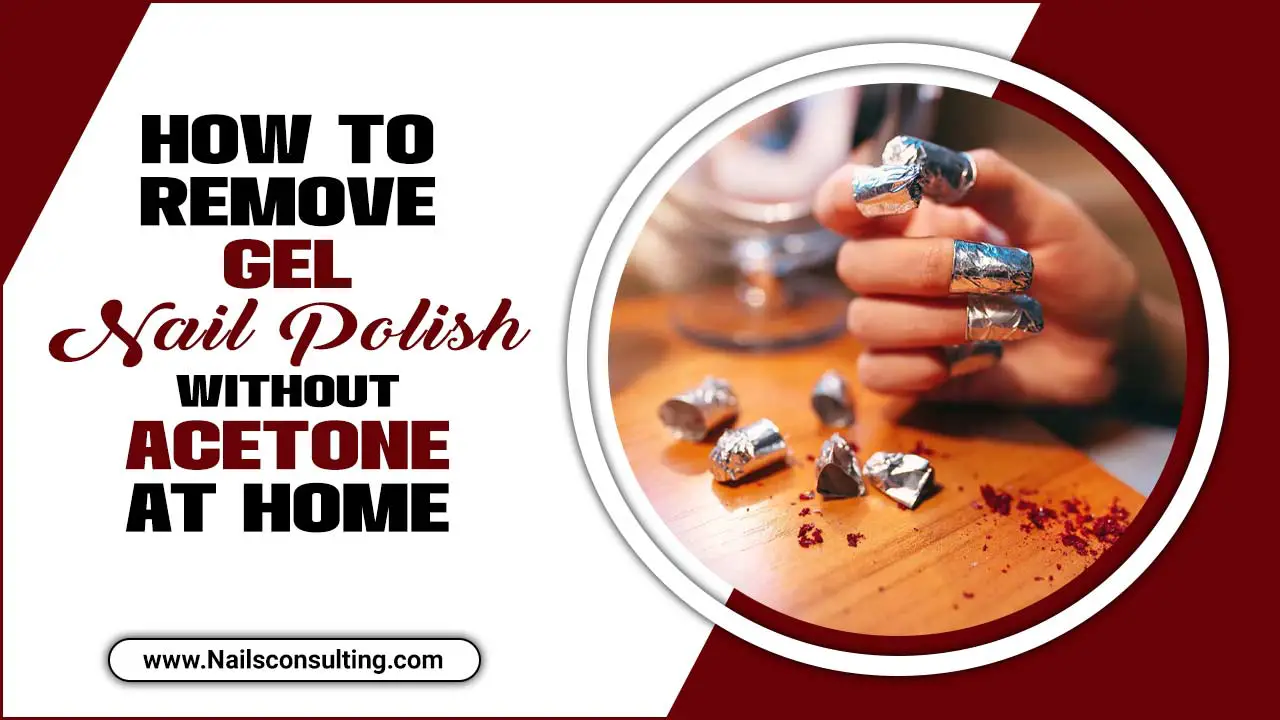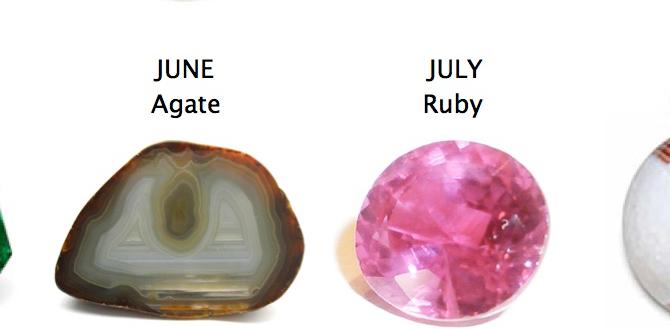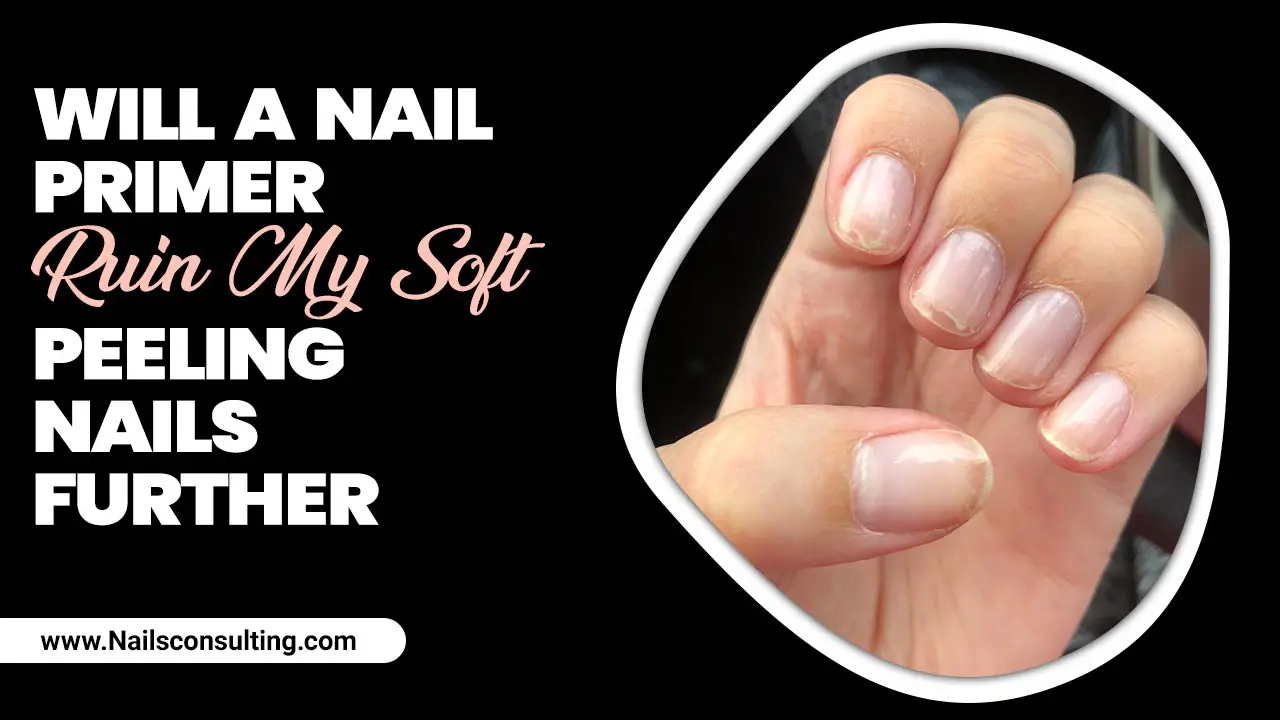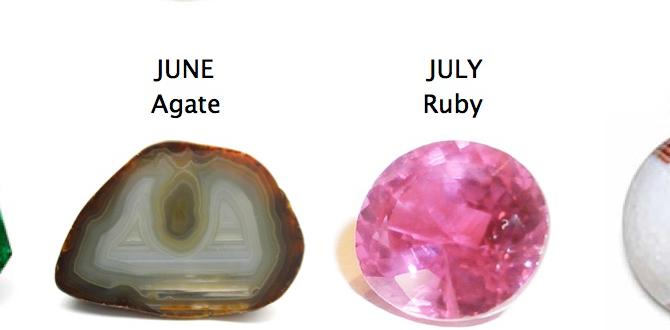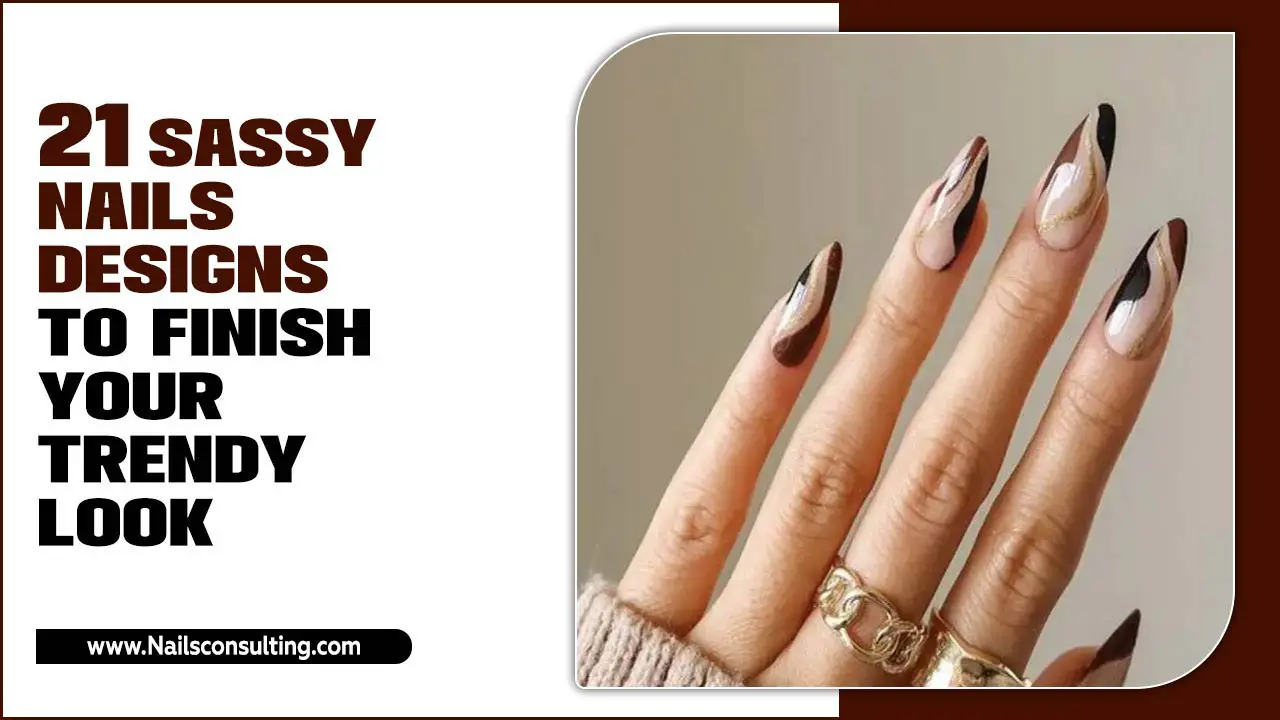The main difference between acrylic and gel nails lies in their application, composition, and desired finish. Acrylics are a two-part system (liquid monomer and powder polymer) that air-dries into a hard, durable coating, while gels are a pre-mixed liquid or semi-solid substance cured under UV/LED light for a flexible, glossy finish.
Navigating the world of artificial nails can feel a little overwhelming, right? You see gorgeous, long-lasting manicures everywhere, and you’re wondering, “Which one is for me?” Two of the most popular options are acrylics and gel nails, but what’s the real scoop on what sets them apart? Choosing between them often leads to confusion, and we all want nails that look fabulous without the extra stress. Don’t worry! This guide is here to break it all down in a way that’s super easy to understand. Get ready to discover the secrets behind acrylics and gels, and feel confident about your next nail salon visit or DIY attempt!
What Is The Difference Between Acrylic And Gel Nails: An Essential Guide
When you’re looking to elevate your nail game, acrylics and gel nails are often at the top of the list. They both offer durability and endless design possibilities, but understanding their fundamental differences is key to picking the perfect match for your lifestyle and nail goals. Let’s dive into what makes each unique!
Understanding Acrylic Nails
Imagine a nail extension that’s built from scratch, strong and versatile – that’s acrylics! They’re created by mixing a liquid monomer with a powder polymer. This combination forms a soft, pliable bead that a nail technician quickly sculpts onto your natural nail or a tip.
The magic happens as this mixture hardens when exposed to air, creating a tough, durable shell. This material is known for its strength, making it a fantastic choice for adding length and strength to natural nails. Acrylics are also great for repairing broken nails.
How Acrylics Are Applied
The application of acrylic nails is a skill that often requires professional training due to the precise timing and technique involved.
- Nail Preparation: The natural nail is cleaned, shaped, and gently buffed to create a surface the acrylic can adhere to. Cuticles are pushed back.
- Tip Application (Optional): If adding length, a plastic tip is glued to the edge of the natural nail.
- Acrylic Application: A brush is dipped into the liquid monomer and then into the powder polymer. This creates a small, malleable ball of acrylic. This bead is then applied to the nail and artfully shaped into the desired form.
- Curing: Acrylics harden as they air-dry. No special light is needed for this stage, though some top coats might require UV/LED curing.
- Shaping and Finishing: Once fully hardened, the acrylic is filed and shaped to perfection. Then, polish or gel polish is applied, followed by a top coat.
Pros and Cons of Acrylic Nails
Like any beauty treatment, acrylics have their upsides and potential downsides.
The Good Stuff (Pros):
- Durability and Strength: Acrylics are incredibly strong and resistant to chipping and breaking, making them ideal for those with active lifestyles or who are prone to nail damage.
- Versatility in Length and Shape: They can be applied to create almost any length and shape you desire, from short and natural to long and dramatic stiletto points.
- Cost-Effective: Generally, acrylics can be less expensive upfront than gel extensions, though this can vary by salon and location.
- Easy Repairs: If an acrylic nail breaks or chips, it’s usually straightforward to repair.
- Glossy Finish: When properly finished, acrylics provide a smooth, lustrous surface for polish.
The Not-So-Good Stuff (Cons):
- Chemical Odor: The liquid monomer used in acrylic application has a strong, distinct smell that some people find unpleasant. Salons often have ventilation systems, but it’s still noticeable.
- Potential for Nail Damage: Improper application or removal can weaken the natural nail, leading to thinning or breakage. It’s important to have them applied and removed by a professional.
- Soaking for Removal: Removing acrylics typically requires soaking them in acetone, which can be drying to the skin and nails.
- Less Natural Look: While they can look great, sometimes acrylics can appear thicker or less natural than gel extensions if not expertly applied.
- Can Feel Stiffer: They don’t offer the same flexibility as gel nails, which might feel less natural to some.
Exploring Gel Nails
Gel nails offer a different approach to achieving beautiful, long-lasting manicures. Unlike acrylics, which harden with air, gel nails require curing under a special UV or LED lamp to set.
Gels come in various forms – some are like thick polish, while others are more like a putty. They are known for their beautiful, natural-looking shine and flexibility. Think of it as a super-powered nail polish that hardens instantly under light!
Types of Gel Nail Enhancements
There are a few main ways you’ll encounter gel nails:
- Gel Polish (Shellac is a popular brand): This is essentially a long-lasting nail polish that is cured under a UV/LED lamp. It’s applied like regular polish but lasts much longer (typically 2-3 weeks) and provides a super glossy finish. It’s generally applied over the natural nail or a short extension.
- Hard Gel: This is a more robust gel system used for creating sculpted nail extensions or overlays. It’s applied typically in layers and cured under a lamp after each layer. Hard gel creates a very strong, rigid extension that can add significant length. It cannot be soaked off and must be filed away.
- Soft Gel (Builder Gel/Polygel): This type of gel is more flexible and can often be soaked off in acetone. Builder gels are excellent for strengthening the natural nail, infilling existing extensions, or creating shorter to medium-length enhancements. Polygel is a popular hybrid that offers the strength of hard gel with the flexibility of soft gel.
How Gel Nails Are Applied
The application process for gel nails is quite different from acrylics, mainly due to the curing process.
- Nail Preparation: Similar to acrylics, the natural nail is cleaned, shaped, and buffed. The cuticle area is tidied.
- Base Coat: A special gel base coat is applied and cured under a UV/LED lamp for a specified time (usually 30-60 seconds).
- Color Application: The gel color polish is applied in thin layers. Each layer is cured under the UV/LED lamp. This might take multiple coats to achieve full opacity.
- Top Coat: A gel top coat is applied to seal the color and add shine. This is also cured under the lamp.
- Finishing: After curing the top coat, a cleanser wipe might be used to remove any sticky residue, leaving a high-shine, durable finish.
Pros and Cons of Gel Nails
Gel nails are celebrated for their natural look and finish, but they have their own set of advantages and disadvantages.
The Good Stuff (Pros):
- Natural Look and Feel: Gels tend to look and feel more natural on the nail, offering a lighter weight and more flexibility compared to acrylics.
- High Shine and Gloss: They provide an unparalleled, mirror-like shine that lasts.
- Odorless Application: Unlike acrylics, most gel products are odorless, making the salon experience more pleasant.
- Quick Curing Time: The UV/LED lamp cures the gel in minutes, speeding up the application process.
- Less Potential for Damage (when removed properly): For gel polish, proper removal (soaking or gentle filing) is less damaging. Hard gels are filed off, similar to acrylics.
- Good Variety: Gel polish is fantastic for natural nails, while hard and builder gels are great for extensions.
The Not-So-Good Stuff (Cons):
- Requires UV/LED Lamp: You absolutely need a UV or LED lamp to cure gel nails. This is non-negotiable for setting the product.
- Removal Can Be Tricky: While gel polish can often be soaked off, hard gels must be filed off, which requires skill to avoid damaging the natural nail. Inexperienced removal can lead to harm.
- Can Be More Expensive: Gel manicures, especially extensions, can sometimes be pricier than basic acrylics.
- Less Durable for Extreme Length: While strong, extremely long hard gel extensions might not always stand up to the same level of physical stress as acrylics.
- Potential for Skin Sensitivity: Some individuals can develop sensitivity to the uncured gel products used during application.
Acrylic vs. Gel Nails: A Side-by-Side Comparison
To help you visualize the differences even more clearly, let’s put them side-by-side. This table highlights the key characteristics of each nail enhancement type.
| Feature | Acrylic Nails | Gel Nails |
|---|---|---|
| Composition | Liquid monomer + powder polymer | Pre-mixed liquid or semi-solid gel |
| Curing Process | Air-dries (hardens on its own) | Cures under UV/LED lamp |
| Application Smell | Strong chemical odor | Odorless or very mild scent |
| Durability/Strength | Very strong, rigid, and durable | Strong and flexible (hard gel is more rigid than soft gel) |
| Flexibility | Less flexible, more prone to snapping if hit hard | More flexible, feels more natural |
| Appearance | Can look thicker if not expertly applied; natural finish possible | Often looks more natural, thinner, and glossier |
| Removal | Soaked in acetone | Gel polish soaked; hard gel filed off |
| Repairability | Easy to repair | Repairs can be more complex, especially for hard gel |
| Cost (General) | Often slightly less expensive upfront | Can be slightly more expensive |
| DIY Potential | Challenging for beginners due to quick setting and odor | Gel polish can be done at home; hard gel extensions are challenging |
Which One Should You Choose?
The “better” option truly depends on your personal preferences, lifestyle, and what you want to achieve with your nails.
Choose Acrylics if:
You want maximum strength and durability for very long nails or if you’re very hard on your hands.
You’re looking for a cost-effective solution for nail extensions.
You don’t mind a stronger scent during application.
You need frequent repairs or expect them.
Choose Gel Nails if:
You desire a natural look and feel with a superior, long-lasting shine.
You prefer an odor-free application process.
You want a manicure that’s quick to cure and set.
You’re primarily interested in gel polish for strength on your natural nails, or you want flexible extensions.
Maintaining Your Enhancements
Keeping your acrylic or gel nails looking their best involves a little care and attention.
Acrylic Nail Maintenance:
Since acrylics grow out with your natural nail, you’ll need infills every 2-3 weeks. This involves a technician gently filing down the acrylic, filling the new growth area with more acrylic, and reshaping. Regular moisturizing of your cuticles is also key to keeping the surrounding skin healthy.
Gel Nail Maintenance:
Gel polish manicures typically last 2-3 weeks before needing a soak-off and reapplication. Hard gel or builder gel extensions will also require infills similar to acrylics, every 2-3 weeks, to manage growth and shape. Avoid using your nails as tools, and wear gloves for household chores to protect the finish and the underlying nail.
A Note on Nail Health
It’s crucial to remember that any nail enhancement can potentially impact your natural nail health if not applied, maintained, or removed correctly. Always seek out a qualified and hygienic salon or technician.
The U.S. Food and Drug Administration (FDA) also provides insights into nail care and safety. Always ensure the products used are safe and that the techniques applied prioritize the health of your natural nail bed. If you experience any pain, lifting, or changes in your nail, consult with your technician or a dermatologist.
Frequently Asked Questions About Acrylic and Gel Nails
Q1: Are acrylic or gel nails better for my natural nails?
Neither is inherently “better” for your natural nails; it’s all about the application and removal process. When applied and removed by a professional using proper techniques, both can be relatively safe. However, improper filing or force during removal can damage your natural nail regardless of the type of enhancement.
Q2: How long do acrylic and gel nails last?
Gel polish manicures typically last 2-3 weeks. Acrylics and hard/builder gel extensions usually require infills every 2-3 weeks as your natural nail grows out. The overall lifespan of an enhancement depends on your nail growth rate and how well you care for them.
Q3: Can I do acrylic or gel nails at home?
Yes, you can do gel polish manicures at home with a UV/LED lamp and the right kits. Doing acrylic extensions or hard gel extensions at home is significantly more challenging and often not recommended for beginners due to the skill, speed, and precision required to avoid damage and achieve a good result.
Q4: Which is more expensive, acrylic or gel nails?
Generally, gel manicures or extensions can be slightly more expensive than basic acrylic applications. However, prices vary widely based on salon location, technician experience, and the complexity of the design. Infill services for both acrylics and gels have their own pricing.
Q5: Do acrylic nails damage your nails?
Acrylics themselves don’t inherently damage your nails. The damage typically occurs due to improper application, harsh filing, or aggressive removal techniques that can thin, weaken, or break your natural nail. Patience and professional care are key.
Q6: Do gel nails require a UV or LED lamp?
Yes! All gel nail products require curing under a specific UV or LED lamp to harden and set. Without the correct lamp and curing time, the gel will not properly harden and will likely peel or lift away from the nail.
Q7: Can I get acrylics removed and replaced with gels, or vice versa?
Yes, you can transition between acrylic and gel enhancements. Before applying a new type of enhancement, your natural nails will need to be assessed. If there’s any damage, it’s often best to let your natural nails recover with a break or a strengthening treatment before applying a new set of acrylics or gels.
Conclusion
Choosing between acrylic and gel nails doesn’t have to be a mystery anymore! We’ve explored their unique creation processes, the tools and techniques involved, and what makes each one stand out in terms of looks, feel, and durability. Whether you lean towards the robust strength of acrylics or the natural shine and flexibility of gels, the most important takeaway is to find a skilled technician who prioritizes your nail health.
Both acrylics and gels offer fantastic ways to express your personal style and enjoy beautiful, long-lasting manicures. Consider your lifestyle—Are you constantly typing, crafting, or working with your hands? Do you prefer a super glossy finish, or a more subtle, natural look? Understanding these differences empowers you to make an informed decision and have a manicure that you absolutely love. Have fun experimenting and enjoy your stunning new nails!

